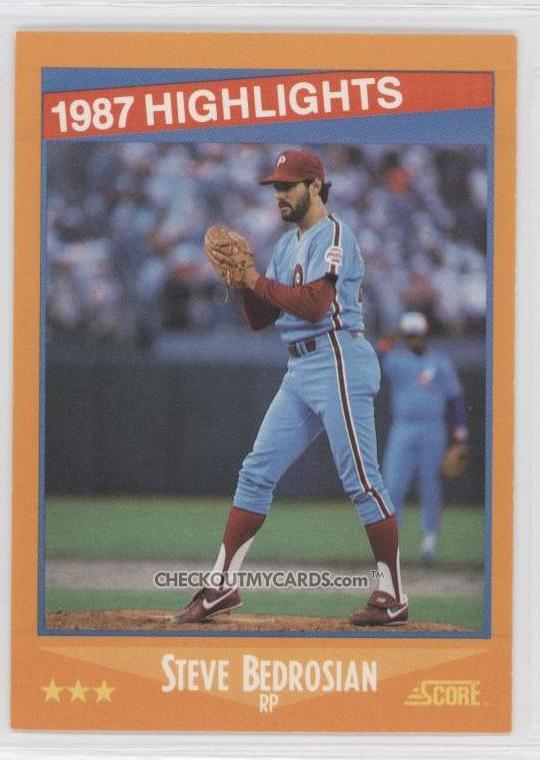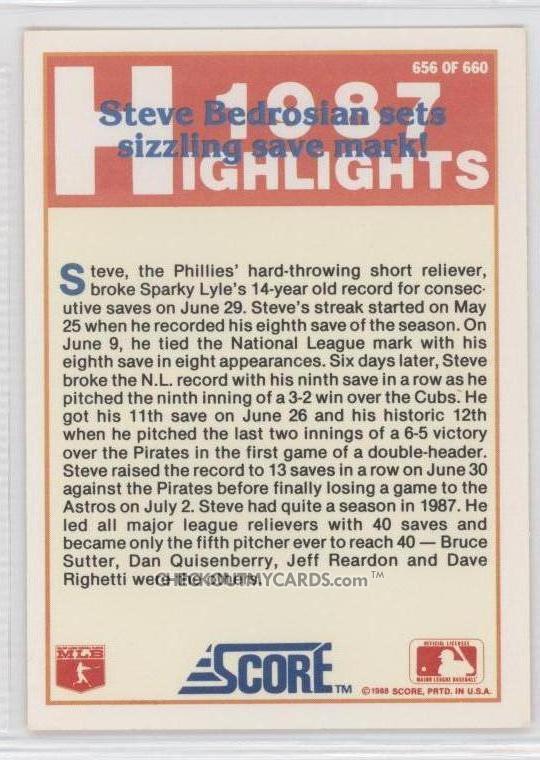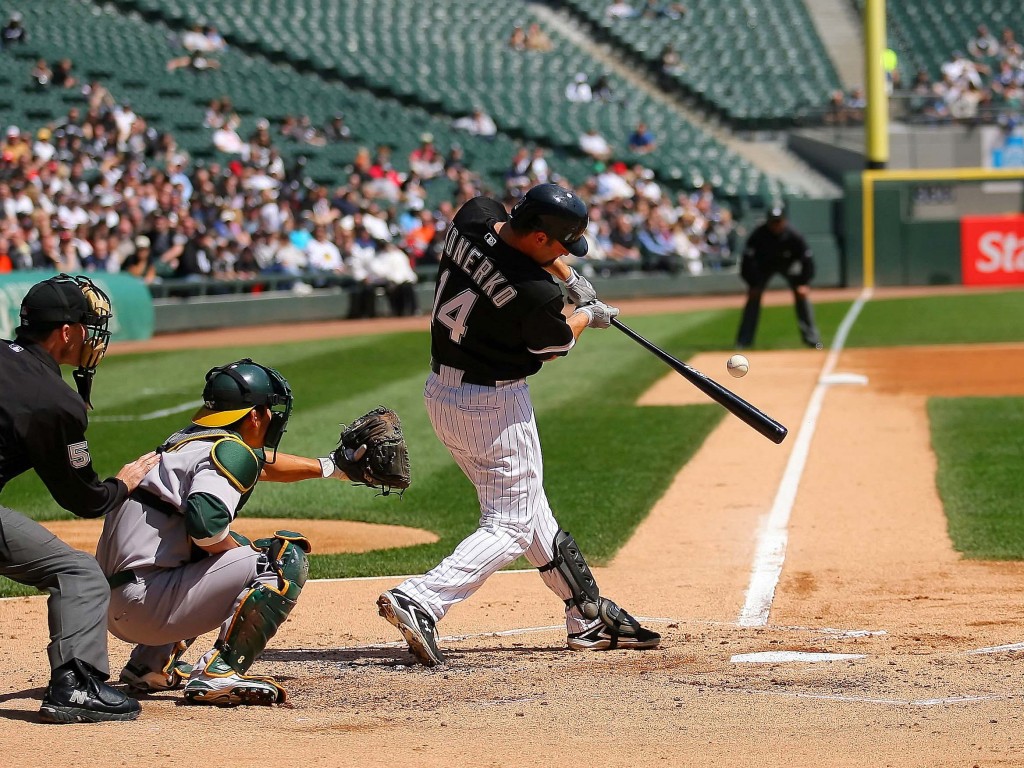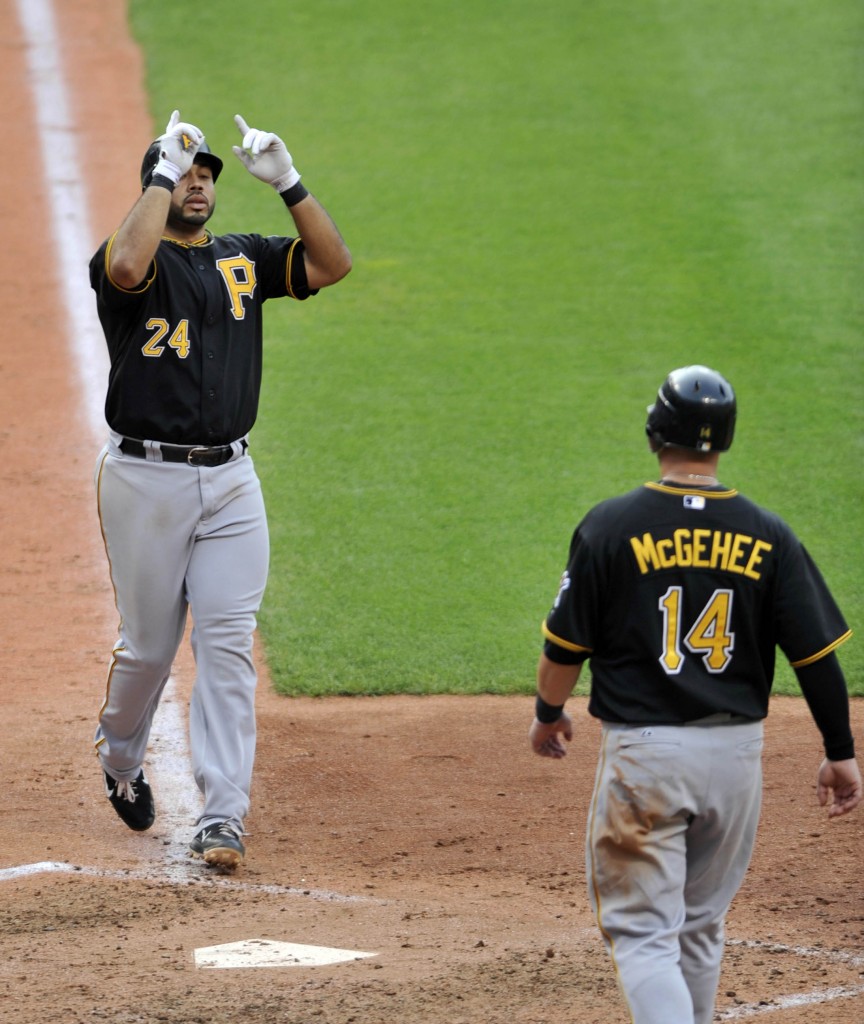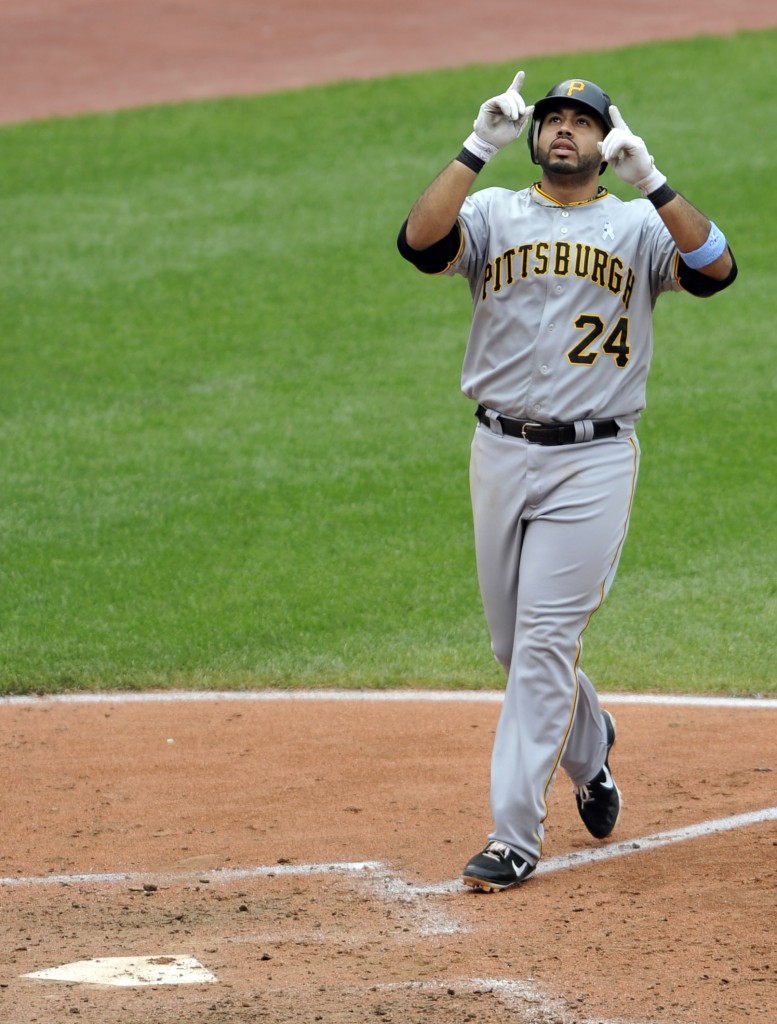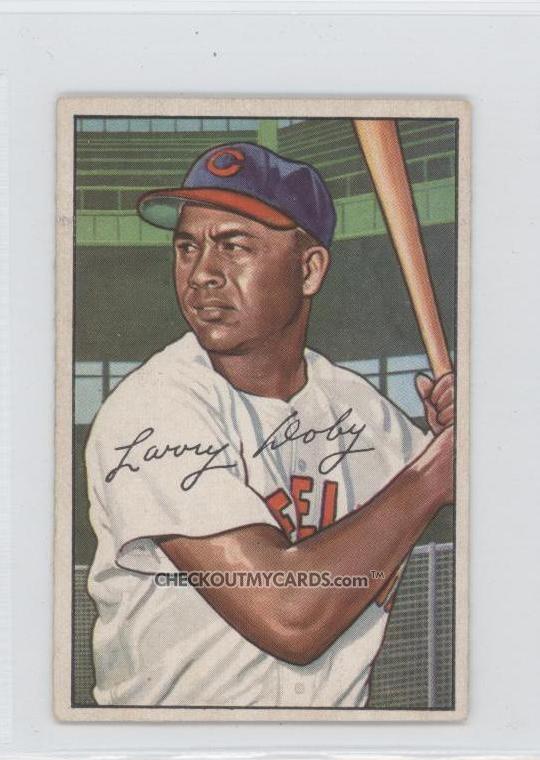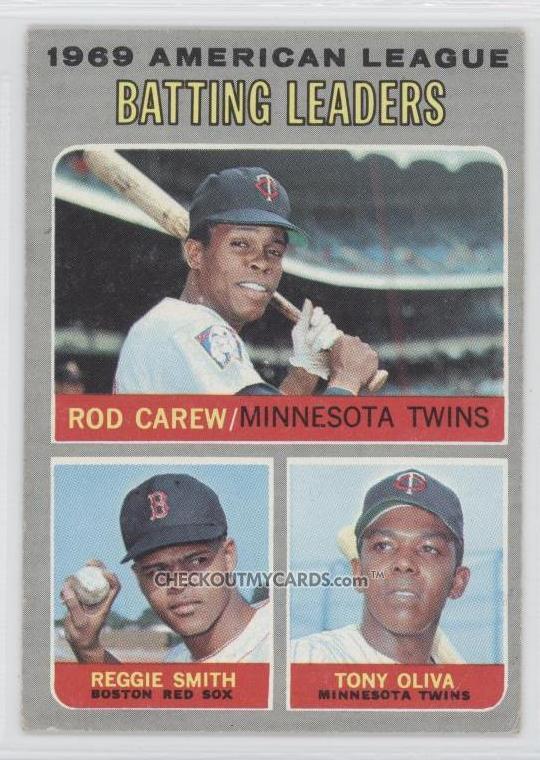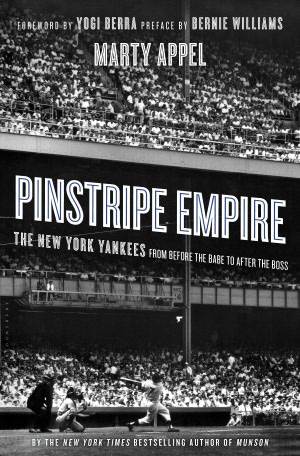 “Pinstripe Empire” by Marty Appel chronicles the Yankees. And I mean the entire franchise from its start in 1901 (as the original Baltimore Orioles), to its rebranding in 1903 (as the New York Highlanders), to its eventual transformation into the New York Yankees.
“Pinstripe Empire” by Marty Appel chronicles the Yankees. And I mean the entire franchise from its start in 1901 (as the original Baltimore Orioles), to its rebranding in 1903 (as the New York Highlanders), to its eventual transformation into the New York Yankees.
Appel’s qualifications for writing such a book are without equal. He was the Yankees’ PR Director from 1973 to 1977, but started his association with the team as early as 1968, when he handled Mickey Mantle’s fan mail. Later he was the executive producer of WPIX Yankee telecasts, among numerous other high-ranking jobs within the sports industry.
“Pinstripe Empire” is a monumental achievement: a narrative history covering more than 100 years that makes mention of every significant event from the team’s past. This includes every manager hiring or firing (of which there have been, ahem, quite a few…), trade, free-agent signing or departure, individual or team achievement or blunder, memorable play, and anything else that contributed to the fascinating, complex story of the team.
Perhaps the greatest aspect of this book is not what Appel is, but rather what he is not. He’s not a booster. He’s not a fanboy. He didn’t write this book to hype the team. For example, when writing about Derek Jeter’s famous “flip” of Shane Spencer’s errant throw in the 2001 playoffs, you might expect him to describe those events for a couple of pages. Nope. The whole thing gets 6 sentences, appropriately describing the event as an “unfathomable defensive gem”, but also referencing the claim and subsequent skepticism that the team had practiced the play. Two pages later, Appel spends just as many words describing the Yankees’ losses in Games 6 and 7 of the World Series after all the mid-series heroics the team displayed.
Appel does not waste a single word in this book. Where he could have opted to spend half a page describing a positive or negative event with lots of overblown adjectives and pasted-on emotions, he instead uses one or two precisely-crafted sentences that perfectly capture the events. He manages to pack a tremendous amount of information into one book without it ever being boring or reading like spin.
If you’ve had the pleasure of corresponding with Appel, as I have, you know he’s a warm, well-spoken man. When he became part of the Yankees’ organization in the 1960s, he had the opportunity to learn from folks with ties to the team as far back as the 1920s. In his acknowledgments, Appel lists nearly a full page of names of people he interviewed for this book, and the bibliography cites more than a dozen pages of books that served as sources. That’s a lot of research, folks, and it shows.
If you’re a Yankees fan, this book is an absolute must-have (and it would make an awesome gift!). If you’re a baseball fan but not a fan of the Yankees in particular, the book is still a wonderful piece of baseball history that provides a fair account of the franchise, warts and all.
“Pinstripe Empire” is available from Amazon.com here.

